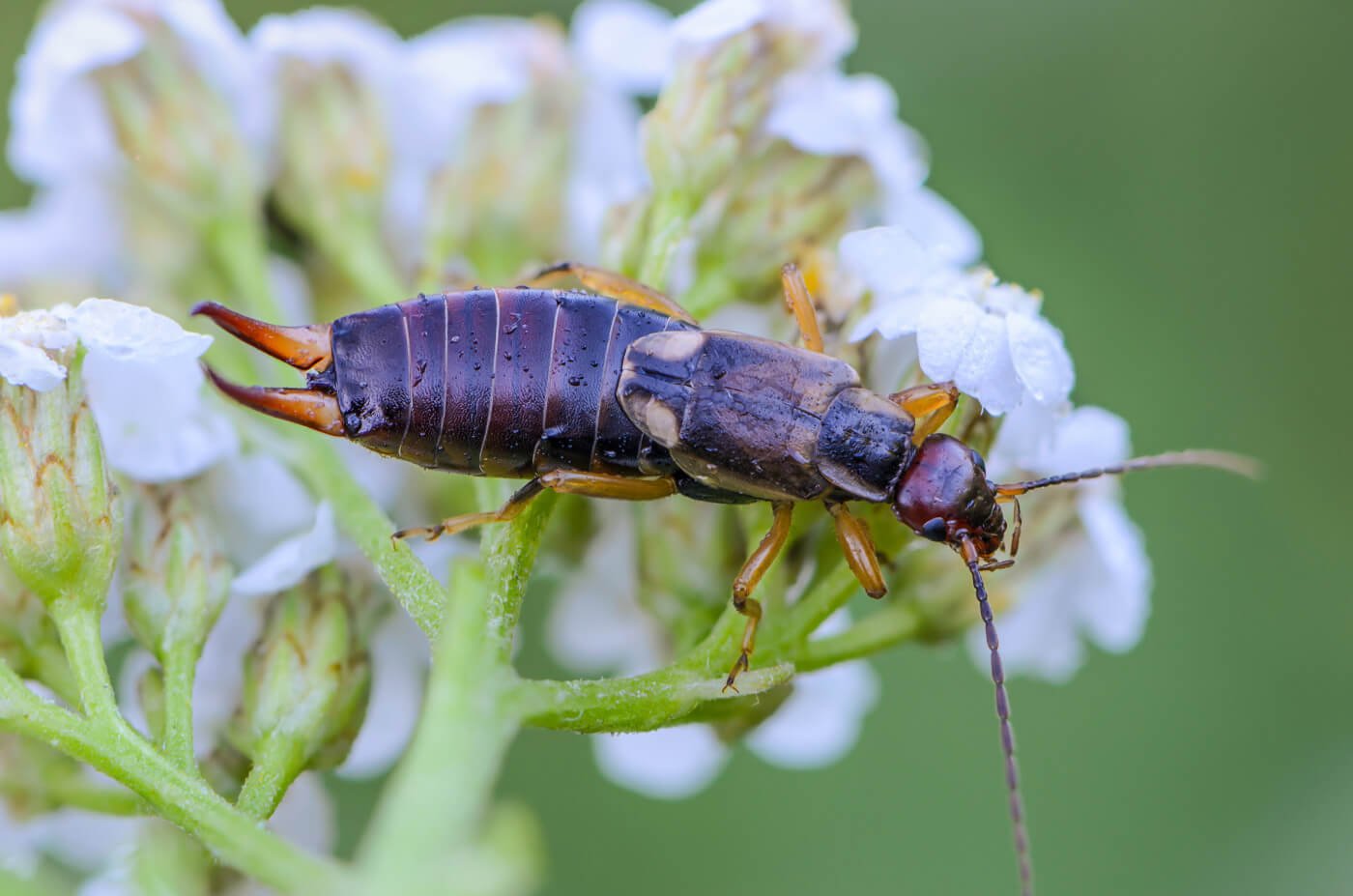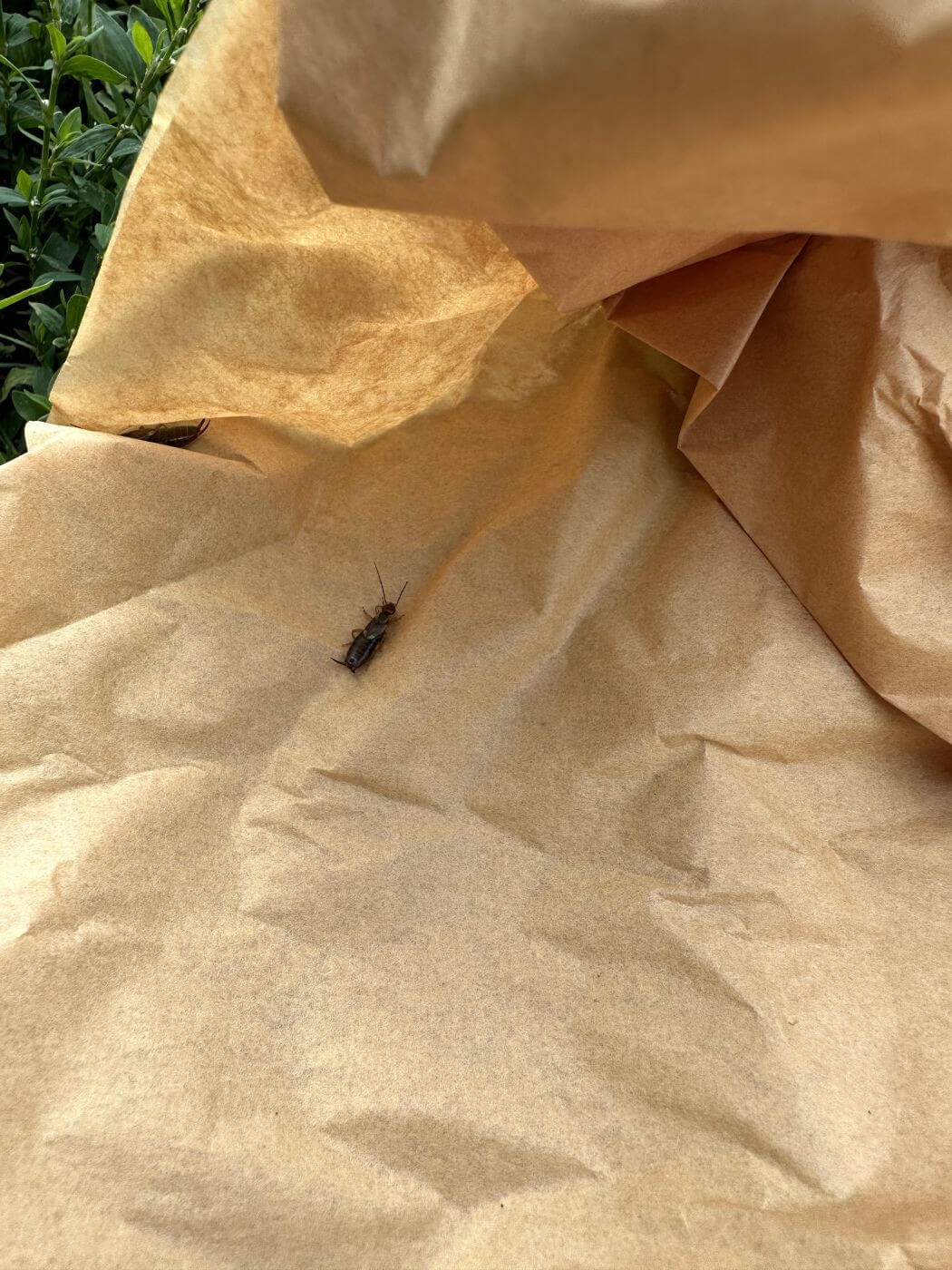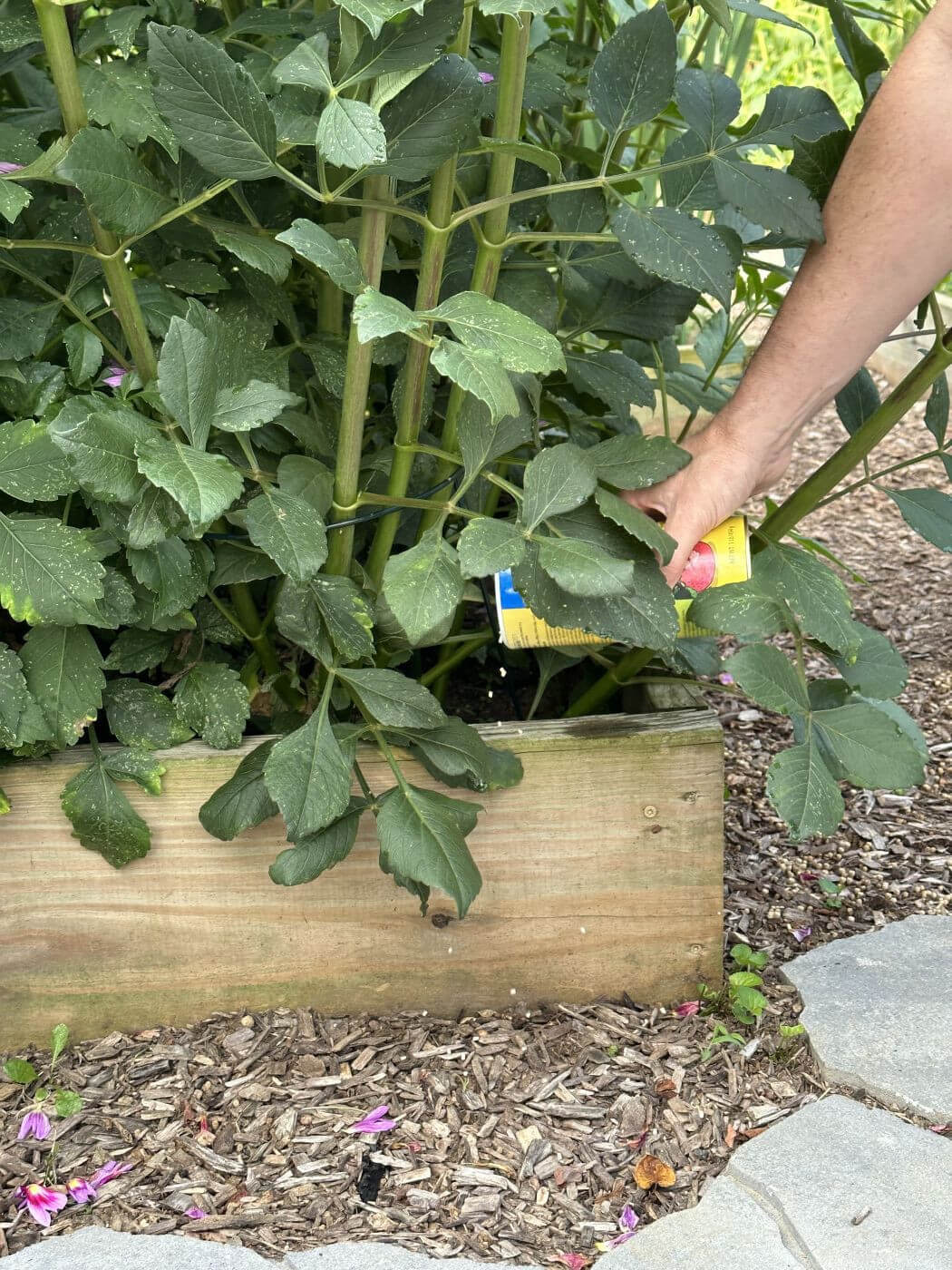6 Ways to Protect Your Garden from Earwig Damage
Earwigs can make even the most unflappable gardener shudder. These dark-brown insects with armored bodies and oversized pincers are creepy to look at and can be destructive pests as they feed on prized flowering plants such as dahlias, zinnias, and lilies.
While earwigs are beneficial in small numbers, a large population of them poses a threat to seedlings, plants, and flowers. Luckily, there are numerous ways to control earwigs in your flower garden without resorting to harsh chemicals.

Remove Hiding Places and Excess Moisture
Earwigs often seek refuge in dark, damp areas during the day. By eliminating these hiding spots, you can disrupt their breeding and feeding grounds. Start by clearing away debris, such as leaf litter, mulch, grass clippings, and decaying plant matter. Regularly trim and prune plants to reduce dense foliage that provides shelter. Additionally, fix any leaks or damp areas in your garden, as earwigs are attracted to moisture. Lastly, water deeply and less often so the surface of the soil remains as dry as possible.
Soy Sauce Traps
Soy sauce traps are an effective, chemical-free way to eliminate earwigs. Combine vegetable oil and soy sauce in a small plastic container with a lid. Poke holes in the lid so the earwigs can crawl into the container. Then bury the trap at ground level near the area where earwigs are causing problems. The insects will be attracted to the soy sauce smell and climb into the liquid where they will drown.

Paper Traps
Earwigs can also be captured in simple traps made from rolled-up newspaper, tissue paper, or cardboard. Place these paper traps near plants that are susceptible to earwig damage. The earwigs will seek shelter in the traps overnight, and you can dump them in soapy water into the morning.

Sluggo Plus
Sluggo Plus comes in pellet form and uses the active ingredients iron phosphate and spinosad to kill earwigs. Sprinkle Sluggo Plus around the base of affected plants. The earwigs will perish after eating the bait. Reapply every 4 weeks and after heavy rains.

Encourage Natural Predators
Birds are natural predators of earwigs and will help keep the population in check. Attract more birds to your garden by supplying year-round water, planting a diverse selection of native plants, and providing shelter in the form of birdhouses or dead tree cavities. By attracting and supporting natural predators, you can maintain a balanced ecosystem in your garden.

Diatomaceous Earth
Diatomaceous earth is a natural powder made from the fossilized remains of aquatic organisms called diatoms. It can be sprinkled around plants that are vulnerable to earwig damage. The fine particles penetrate the insect's exoskeleton, leading to dehydration and eventual death.
Controlling earwigs requires a combination of preventive measures and integrated pest management techniques. By removing hiding places, setting traps, encouraging natural predators, and using pesticides as a last resort, you can effectively manage earwigs in your flower garden.
